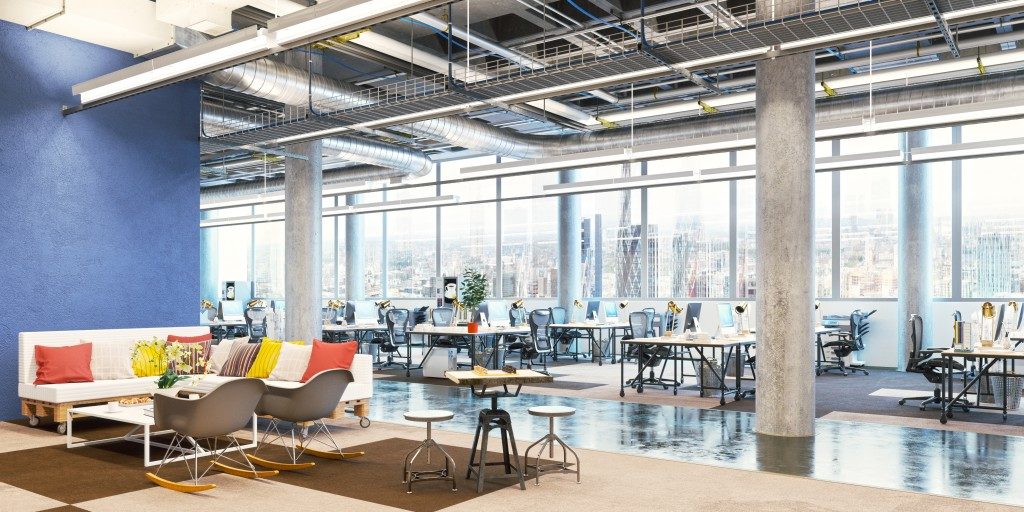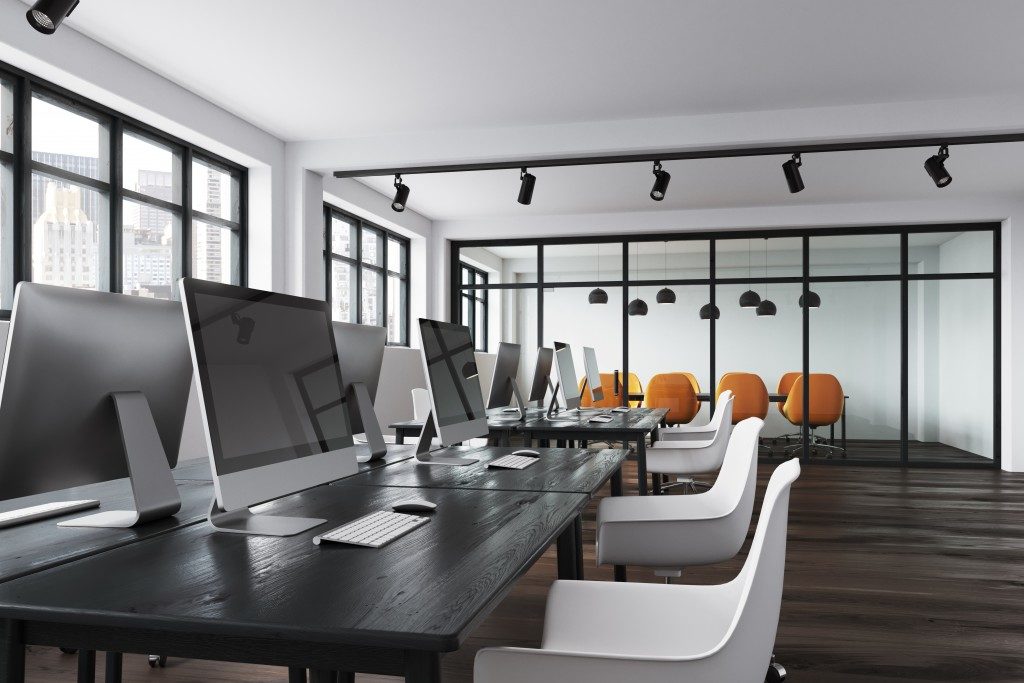Office workplaces are generally thought to be safer compared to factories and construction sites. There are no huge machines and potentially destructive tools that could cause damage and injury to workers.
However, offices also pose health and safety risks. According to a 2017 study by the Health and Safety Executive (HSE), 1.3 million workers in Great Britain suffered from work-related illnesses, while 609,000 were estimated to have reported non-fatal injuries in the office.
Although the potential for injury is not as dangerous as on labour-intensive worksites, it’s still costly to employers. Companies have to deal with employee absences and shoulder medical expenses when accidents occur in the workplace. In worst-case scenarios, they might have to deal with lawsuits if the employee believes their negligence caused the accident.
Being aware of common office dangers is the first step in reducing the odds of them occurring. Here are five common hazards in the workplace:
Slips, Trips and Falls
The same study by HSE revealed that slips, trips and falls contributed to 29 per cent of office accidents. A major cause of these accidents is flooring choice. Upturned edges on carpets and mats, as well as wet or dusty floors, cause slips and falls. Workers could also trip on exposed electrical cords that run through the workplace’s traffic areas.
All sources of slips, trips and falls are preventable. Place non-slip matting at door entrance and exits. Also, have staff clean up spills immediately and place wet floor warning signs. Keeping electrical cords out of walkways also prevents employees from tripping.
Indoor Air Quality
Poor air quality in the office results to asthma, allergies and other respiratory illnesses. Some reasons for the poor indoor air quality include inadequate ventilation systems, poor housekeeping, the presence of chemicals and pesticides, and too much or too little humidity.
Proper maintenance helps in improving the air quality in the office. Hire commercial carpet cleaners – available in boroughs like Bromley and Kensington – to regularly remove the accumulation of dirt, dust and pollen on carpets. Cleaning and filtering the ventilation, heating and air conditioning systems help reduce infections and irritants. Sanitising restrooms and common areas also prevents the spread of illnesses.
Strains and Injuries
Office workers spend hours in a day glued to their seats. The lack of movement results in musculoskeletal disorder symptoms and other injuries such as low back pain and muscle pain in the lower limbs. What makes the issue difficult is that these injuries are hard to identify on a daily basis.

Taking a proactive approach is the key to avoiding ergonomic injuries. Invest in adjustable chairs, desks and keyboards to accommodate a wide range of work styles. Make sure to educate your employees on how to adjust the furniture as it best fits them.
Vision Problems
Spending most of your workday in front of a computer can cause eye strain. Eyes can become dry and irritated, causing an employee to struggle in focusing. Eye strain can also cause related headaches and impaired vision if the problem remains uncorrected.
Proper lighting helps minimise instances of eye strain. Cut down on the excessive glare of the computer screen by dimming the overhead lights or adding closing blinds on windows. Setting computers to display a bigger font size also helps lessen eye strain.
Fire Hazards
Office fires can destroy valuable documents and equipment, and could cause injuries or, worse, death. As an employer, you’re legally responsible to implement safety measures to protect your workplace and employers from fire.
Take the proactive approach to identify fire hazards such as cords in electrical outlets, defects in electrical appliances and lighting. Make sure that electrical equipment is not dangerously close to combustible items and that fire extinguishers are easily accessible. Also, conduct regular fire drills and training for employees so they know how to act during a fire.
Even though offices are relatively safer compared to construction sites and factories, there are still hazards that cause illness and injury. Recognising and reducing the effects of these dangers is crucial to decrease employee absences and medical expenses, and prevent potential lawsuits.
